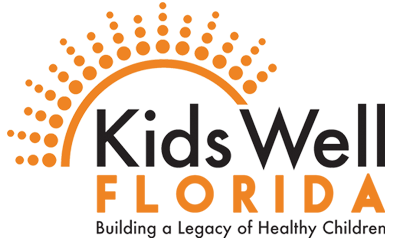Our partners at Georgetown University Center for Children and Families recently analyzed health insurance data from the Census Bureau’s annual American Community Survey to get a closer look at children’s coverage trends. There latest report indicates that the nation made significant progress in reducing the rate of uninsurance among children and Florida was among the states leading the way, according to a new report by the Georgetown University Center for Children and Families.
“Children need health care coverage to grow and thrive so this is good news for Florida kids and for Florida’s future,” said Joan Alker, Co-Executive Director of the Georgetown University based research center.
Only Texas and Oregon beat Florida with declines of 3.1 percentage points in their rates of uninsured children, but Florida was close behind at 2.9 percentage points. It is somewhat easier for a state like Florida to make progress in reducing its uninsured rate because it has such a high rate of uninsured children to start with. In 2011, Florida ranked 48th in children’s coverage, despite the fact that it is making some progress.
“Florida’s insurance rate for children hovers around 88% indicating there is still a ways to go before children reach the level of coverage enjoyed by seniors,” said Alker. “Medicaid’s companion program, Medicare, has successfully helped bring the coverage rate for seniors up to about 99%, and it’s time that we mirrored that success for children.”
Earlier this year, Florida’s progress on reducing its uninsured rate for children made it possible for the state to qualify for as much as $200 million in federal bonuses – money that could have gone toward helping more children. However, the state turned down the opportunity and refused to take necessary steps to collect the bonus funding.
Next year will be a watershed moment for Florida’s leaders as they decide whether or not to extend health coverage to low-income parents and adults through Medicaid. Research has shown that covering parents means more eligible children will enroll in Medicaid.
“Covering parents is good for children,” said Alker. “When parents have health insurance coverage, children are more likely to receive preventive care and other health care services they need.”
The report, based on data from the American Community Survey, also found disparities in insurance rates among demographic groups. Nationwide, Hispanic and school-aged children were disproportionately uninsured as well as those living in rural areas.





October 23, 2012
Blog